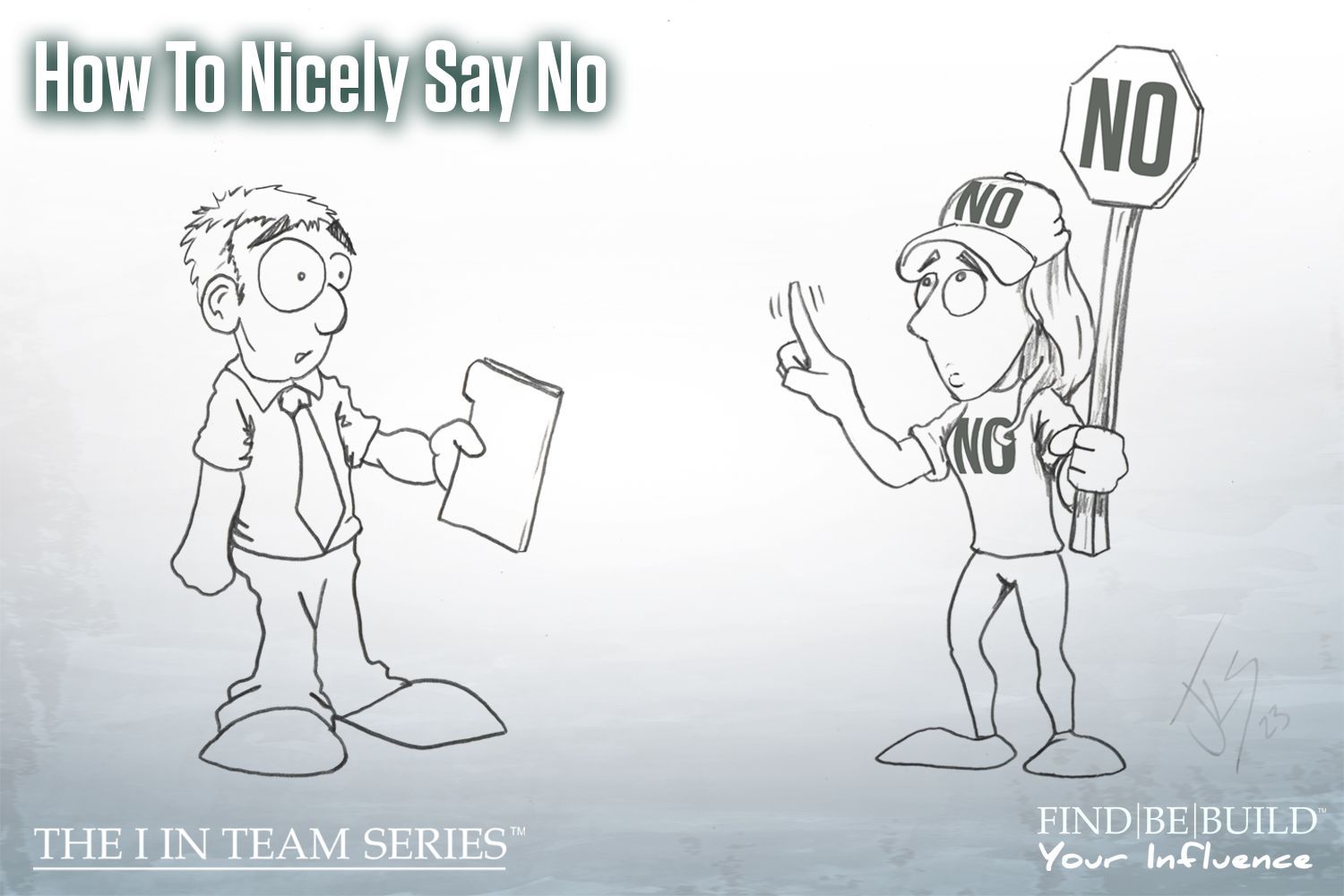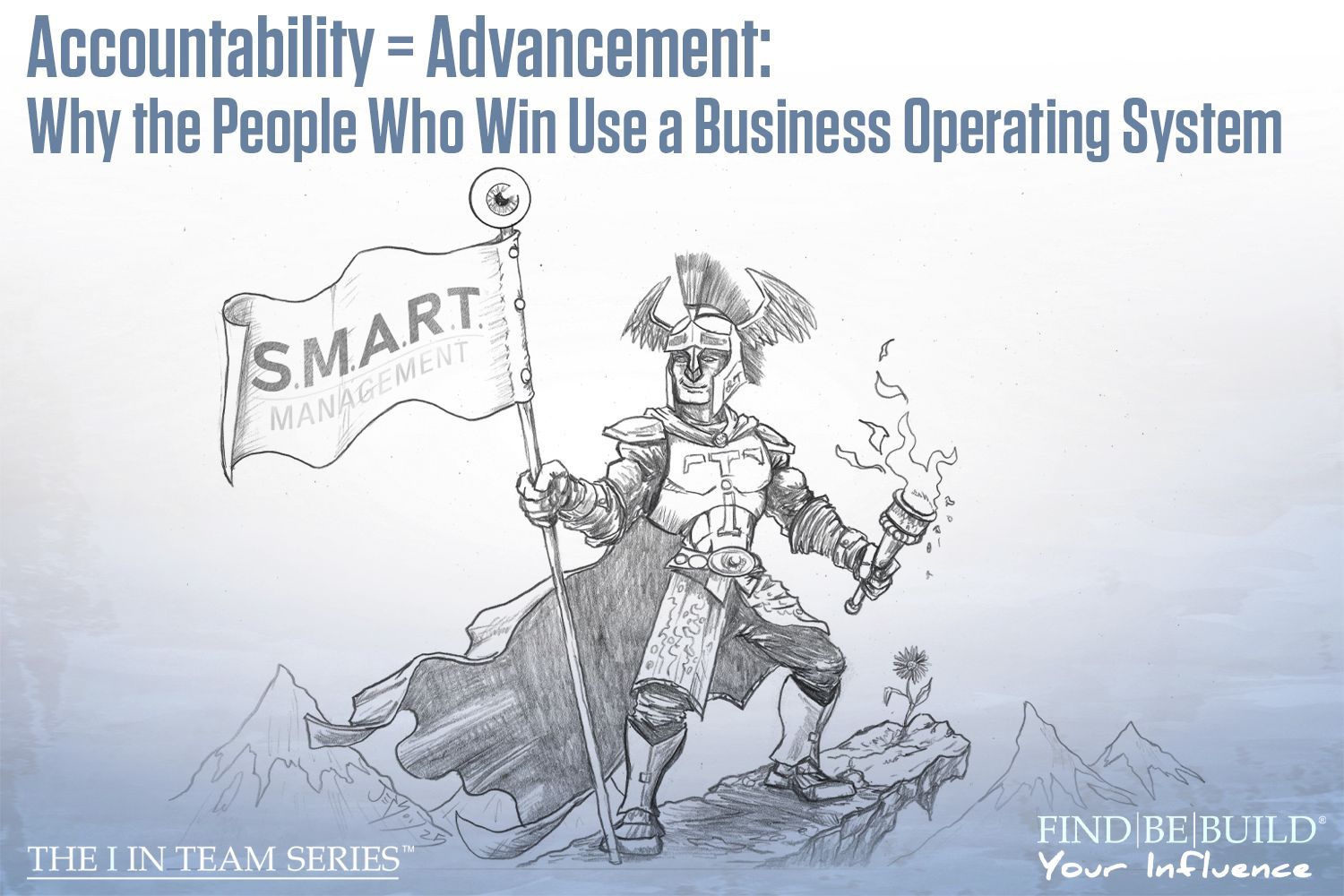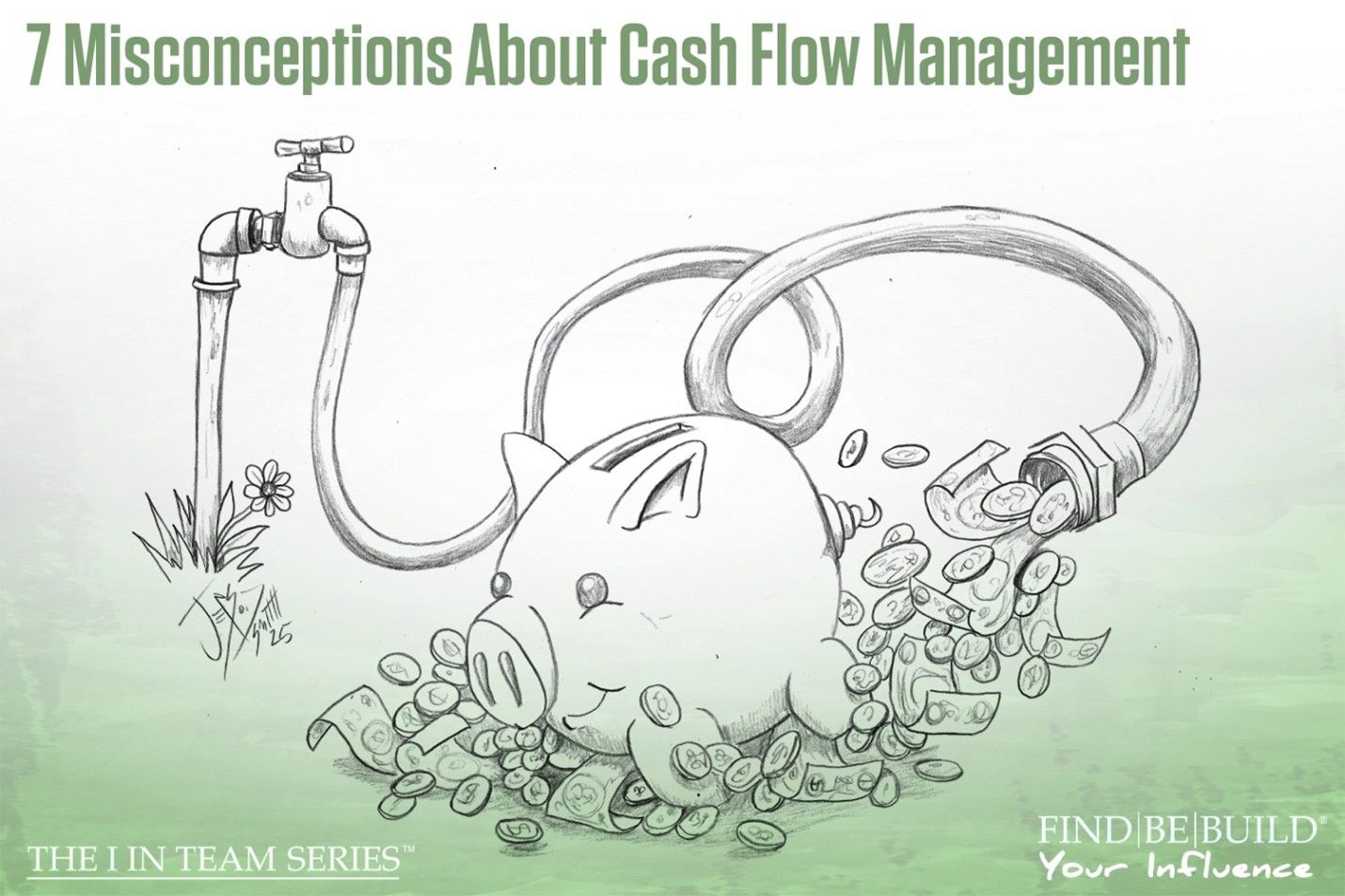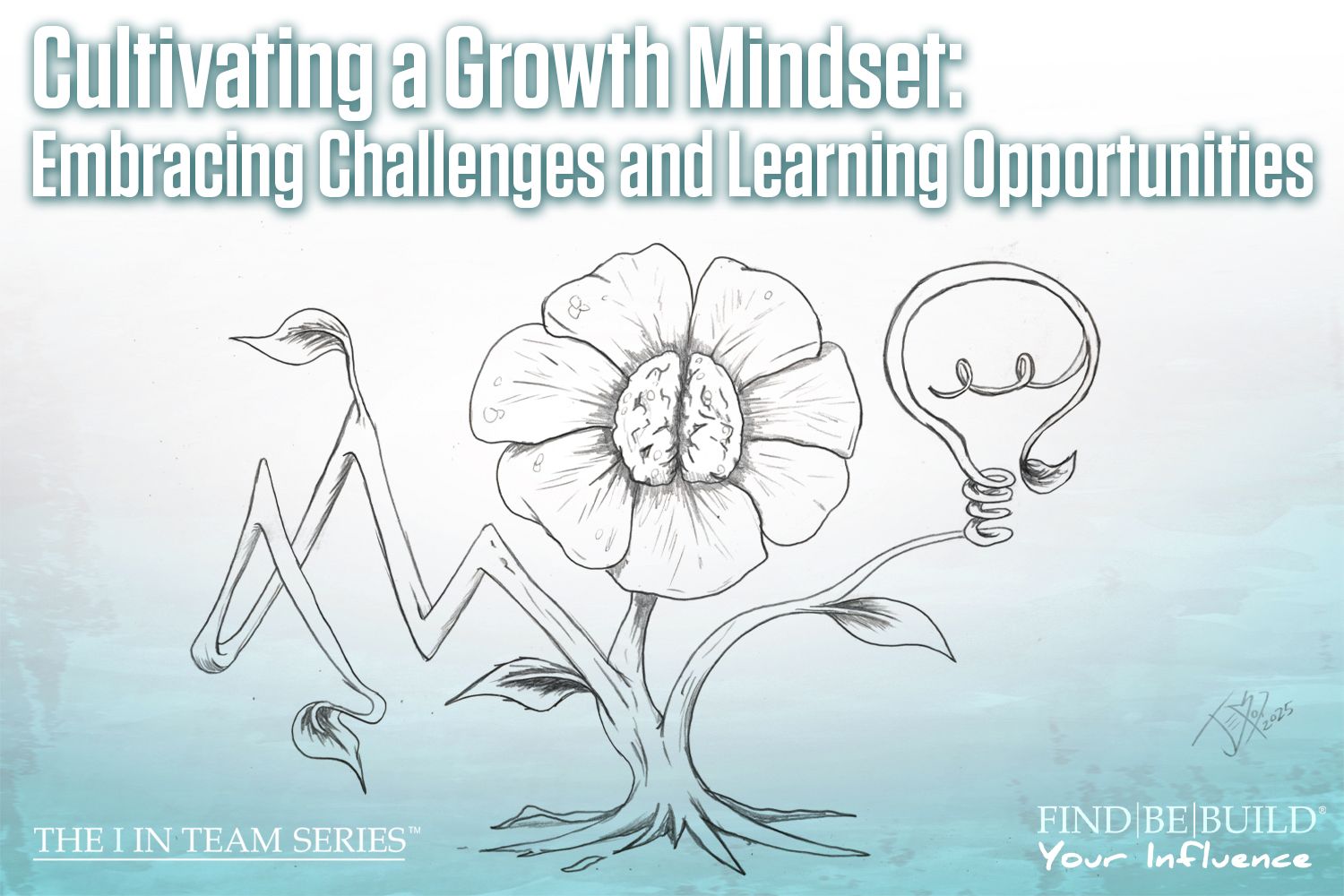How to Nicely Say No

Business consulting boundaries
How to Nicely Say No
Hi, team! It’s your friend, Mary, with the “I” in Team series where you can find, be, and build your positive influence. There are times when some of us may find that it is difficult to say no; for some, it might always feel impossible to say no! However, always saying yes (even when you want to say no) can deplete your energy and wear you down. Your time and your energy are both precious resources and they should be expended wisely. So, whether your inability to say no stems from a need to please others, avoid disappointing them, or avoid creating conflict, this blog will help you nicely say no.
When to Say No
First, you don’t need a reason to say no. If you don’t want to, then you don’t have to. It’s really as simple as that. But if you’re looking for some other ways to indicate if you should say no, one is if it goes against your values or makes you feel uncomfortable by crossing a boundary. You don’t need to say yes to anything that makes you feel uncomfortable. Another reason to nicely say no is when you are already booked up and don’t have time to spare. Everyone runs into this in their life, so the other person should understand that you can’t make more time for yourself to help them. Remember, time and energy are precious, so don’t overextend yourself or you may find yourself feeling burnt out.
Communicate Directly
When you do say no, if you tend to err on the side of people pleasing, be sure to use direct communication so there is no confusion about your answer. For example, don’t say, “Ask me next month” if you already know that your answer is going to be no. Be honest and state that you don’t want to do it and leave it at that. If you leave room for doubt when you say no, people will continue to ask you and you will have to continue saying no and kicking the can down the road. The objective when you nicely say no is to set your boundary directly. However, if you really do want them to ask you again, don’t shy away from saying they can approach you at a later time. It’s all about being S.M.A.R.T. in your communication and sticking up for yourself.
Different Ways to Nicely Say No
There are some people who will feel uncomfortable just saying “no,” so we have compiled a few alternatives for you here. And while you don’t need to give an excuse for why you are saying no, some may find it comforting to state their reasoning. You can also check out this blog for over 80 additional ways to nicely say no.
- You’re so kind to think of me, but I can’t.
- My bandwidth is low right now, so I won’t be able to make it work.
- I have another commitment so I’ll have to say no.
- I’m sorry, but I don’t think that is a good match for me.
- I can’t do that right now, but maybe another time.
- I’m not comfortable doing that.
- The timing isn’t right for me.
- I would rather not, but I appreciate you asking me.
- Unfortunately, I can’t say yes.
- I’ll have to decline.
If others continue to push you even after you have said no, politely ask them to respect your choice and hold your ground. If necessary, leave the conversation or get help if they continue to harass you.
Bottom Line
You shouldn’t have to worry about pleasing others if it takes too much time or energy away from what you have already committed to. Don’t let stress or anxiety pressure you into going against your values or crossing your boundaries. Others should respect your right to nicely say no without any hostility against you, as you should do the same for them. If you communicate directly and honestly, people will know what to expect from you and won’t be as surprised in the future.












